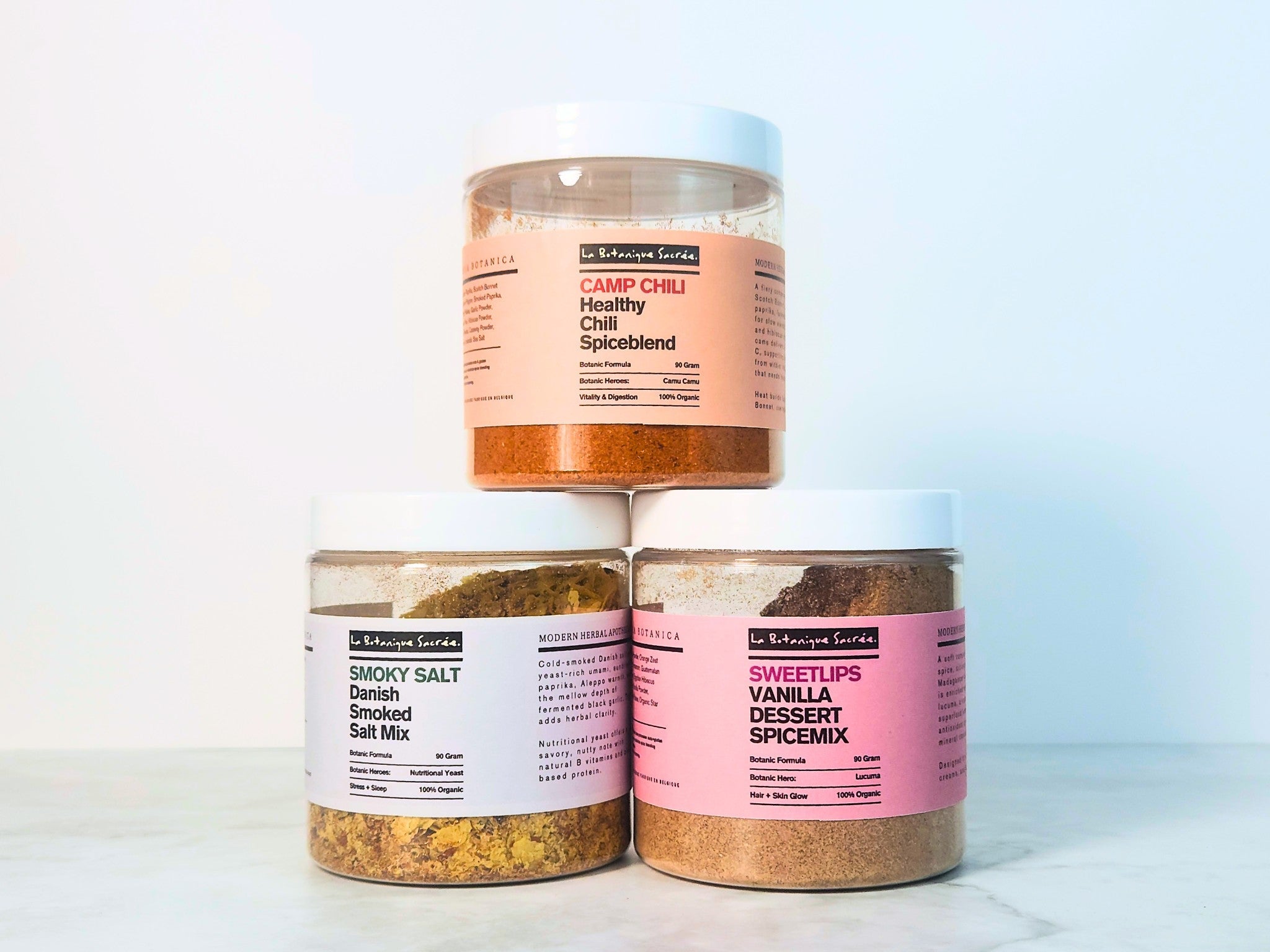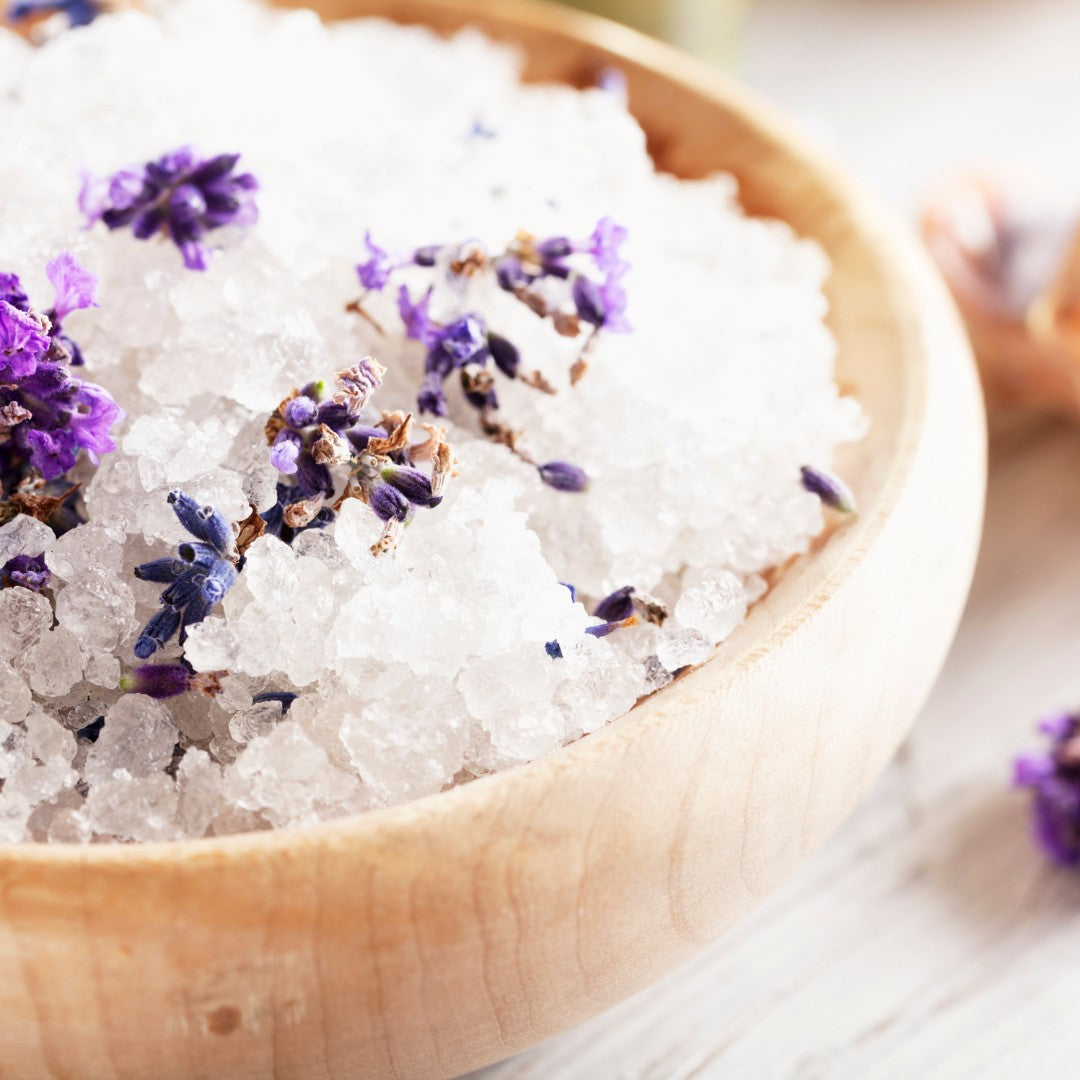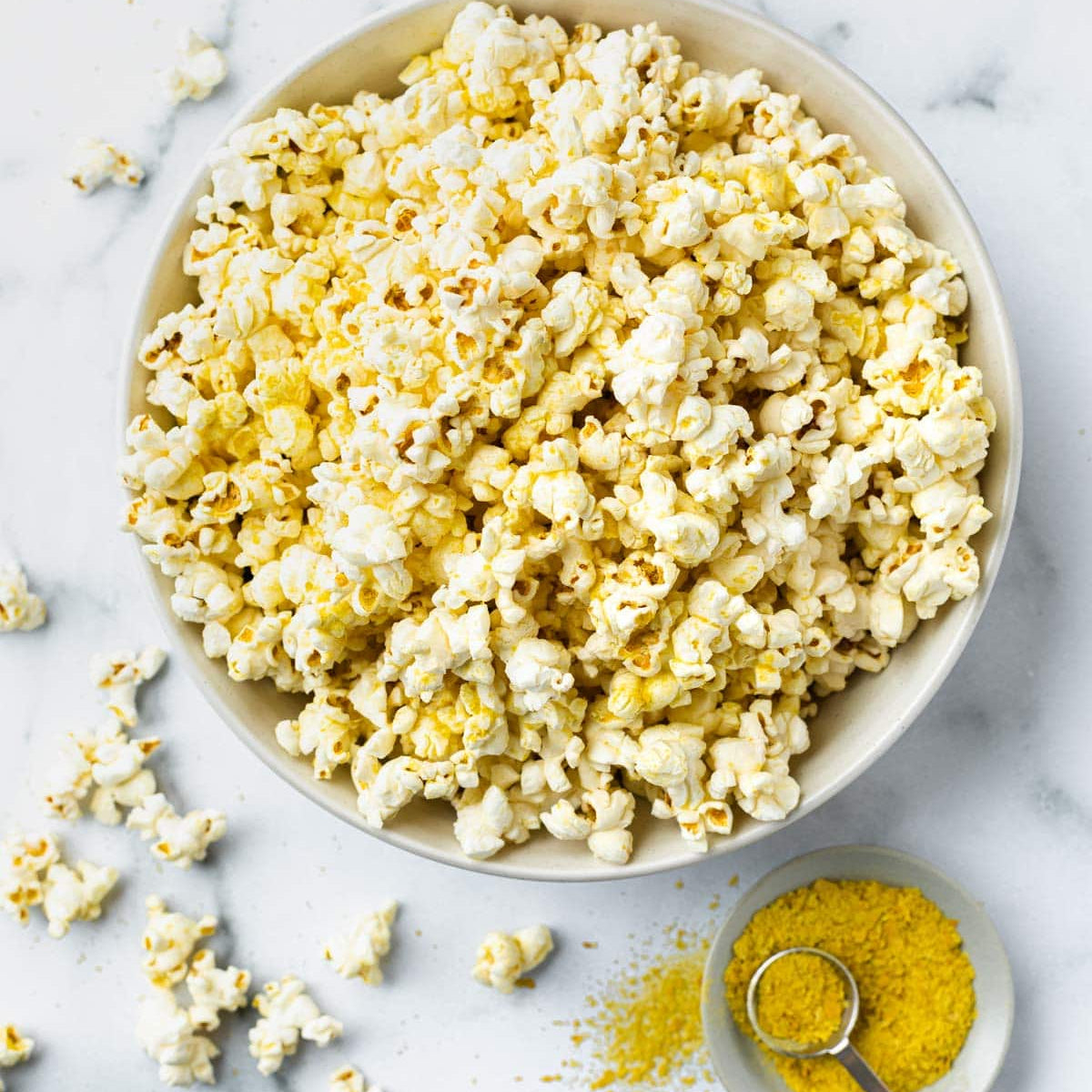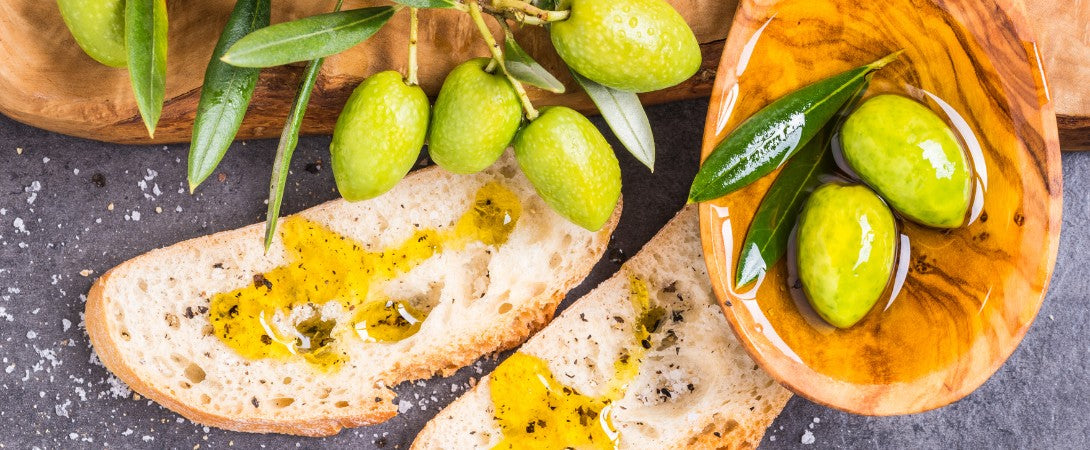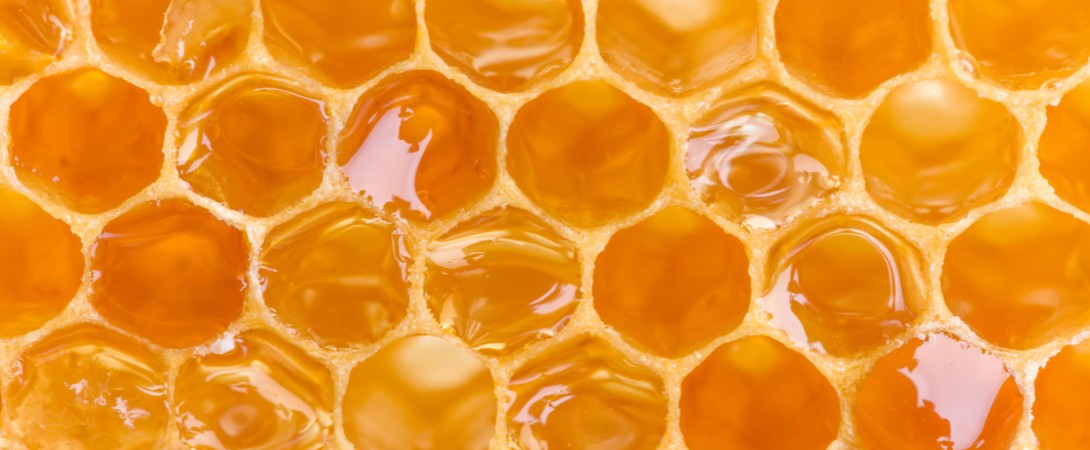Wild Greek Oregano for that famousbitter pine citrus lift
Wild Greek Oregano grows in high limestone pockets on the slopes of Crete where salt winds polish the leaves and Mediterranean sun drives oil concentration to expressive levels.
Within the Materia Botanica canon it stands for aromatic acuity, microbial balance and culinary precision.
The plant’s trichome density stores a vault of essential oil rich in carvacrol and thymol, compounds that lend both bold savor and gentle preservative action.
Unlike cultivated cousins, Wild Greek Oregano is never irrigated; rainfall scarcity forces root systems to mine deep minerals that translate into depth on the palate and quiet therapeutic promise.
Science and Composition
Chemical Composition
Gas chromatography shows carvacrol ranging from 65 to 85 percent of volatile oil, with synergistic thymol, γ-terpinene and p-cymene completing the perfume. The dried leaf carries roughly 5 percent moisture, 11 percent protein, 68 percent complex carbohydrate and a mineral bouquet of calcium, iron and potassium.
Phenolic content reaches 70 mg gallic-acid equivalents per gram, giving Wild Greek Oregano notable antioxidative capacity.
Origin & Nutritional Composition
Botanically designated Origanum vulgare subsp. hirtum, the herb populates Cretan altitudes above 700 metres.
The limestone substrate limits heavy-metal uptake, ensuring clean mineral balance.
Hand harvesting in late June captures maximum oil stage. After shade drying, 5 grams of Wild Greek Oregano supply about 6 kcal, 1.3 grams fibre and trace vitamin K, while aromatic terpenoids dominate functional interest.
When Wild Greek Oregano is blended with acidic matrices such as tomato or sumac, carvacrol adopts a more rounded sensory tone, yielding a velvet herbal layer rather than overt pungency.
Trace flavonoids including eriodictyol and luteolin modulate bitterness receptors and contribute to perceived palatability. Wild Greek Oregano therefore occupies an essential middle note in complex spice architecture, bridging bright citrus and smoky paprika in several house blends
Reported Health Benefits
Literature associates carvacrol-rich oregano with digestive comfort, balanced oral microbiota and antioxidant support.
EU guidelines preclude disease claims, yet Wild Greek Oregano remains traditionally valued in Mediterranean pharmacopeia for easing bloating and supporting natural immune response.
In-vitro assays note mild antimicrobial activity against common kitchen pathogens without harming desirable lactobacilli.
Meta-analyses of animal studies indicate that dietary oregano oil can support normal inflammatory modulation.
While definitive human trials remain limited, traditional Greek mountain tea prepared with Wild Greek Oregano continues to be consumed during seasonal transitions for perceived vitality support.
Carvacrol has demonstrated capacity to disrupt bacterial quorum sensing in vitro, an emerging area of interest for gut microbiota equilibrium.
Heritage and Function
Cultural Significance & Historical Significance
Ancient Greeks crowned newlyweds with oregano wreaths symbolising joy.
Hippocrates listed it for respiratory hygiene, while Dioscorides recorded its bitter warmth for flavouring wine.
Through Byzantine kitchens and Venetian trade routes, Wild Greek Oregano became shorthand for Hellenic identity, appearing in graviera pies, lamb souvlaki and village salads.
Flavor Profile
Expect an immediate bright bitterness followed by pine-citrus lift carried by persistent warmth. Smoke from summer woodfires tucks under the peppery top note, while drying concentrates a faint honey finish. Wild Greek Oregano withstands high heat yet rewards raw sprinkling for perfume release.
Fun Tidbits
- Aristotle noted goats seeking oregano after snake encounters, hinting at instinctual detox patterns.
- The Cretan dialect names the peak flowering stage ladorízi, meaning oil-full.
- Bees foraging oregano yield pollen with elevated polyphenols, influencing specialty honey markets.
- Greek sailors once chewed the leaves to maintain oral freshness on long crossings.
La Botanique Sacrée's Approach
La Botanique Sacrée selects Wild Greek Oregano for its poised bitterness, mineral depth and functional phenolics that align with the modern apothecary vision. The herb provides structure, allowing salt, smoke and citrus layers to interlock around a stable aromatic axis.
Seasonal wild harvest occurs on the Lefka Ori massif of western Crete at altitudes between 900 and 1200 metres. Foragers of Wild Greek Oregano operate under cooperative licences capped at two-hundred kilograms dry weight per season, cutting only upper stems to safeguard root vigour. Shade drying within twenty-four hours and whole-leaf transport to Belgium preserve volatile integrity.
Products featuring Camu Camu:
LA TOMATE : Mediterranean depth for tomato-based sauces
DULSE VITA : sea-salt fusion with olive and garlic
TRU ZA’ATAR : Levant citrus crunch with thyme and sesame
POULÉTIUM : smoky chicken armour with paprika and baobab
PEP'RONI : Smoky Chili Pizza Topper




